If you or someone you know has just signed up for violin lessons, your first question may be, “Where do you find violins for beginners?”
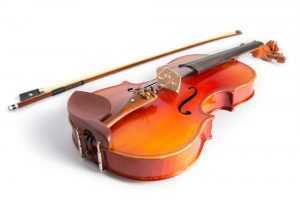
Not to worry, there should be plenty of places to find an instrument. The real question boils down to the debate between renting or buying that first violin. Which is more economical? There are a variety of answers to the question, and your teacher may have a very definite opinion. So ask before you buy, read these tips for more information.
Getting Started
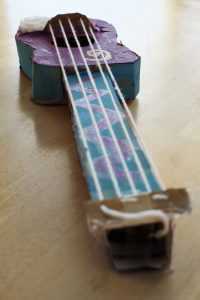
What is involved in finding a violin?
Whether you are a child or an adult, your beginner violin needs will be pretty simple. Very small children don’t even use the instrument for the first several months of their learning experience, if they are starting in the Suzuki method. Instead, a cardboard box or foam-rubber violin cutout with a stick bow are used. By using pseudo instruments, at first, the child gets used to balancing a violin under his chin and holding a bow in his right hand. (Think about it this way: drop a cake mix box several times, and nothing happens to the ‘violin.’ A real violin, on the other hand, can pop out of tune or easily break if dropped – which could be traumatizing for the student and parent.)
For older learners, a bona fide instrument may be required (such as for school-aged children and adults). So, this means that you will want to get a violin, a bow, and a case. You may also need a sponge, a pair of rubber bands, rosin, spare strings, a music stand, and a metronome. See if your new teacher has a list of necessary items for you to find before lessons begin.
How to Find Violins for Beginners
 If your music program is part of a school, the program may have its own inventory of school-owned instruments. In this case, your violin will probably be provided as part of the course (a separate fee may be charged). However, some schools prefer to let students rent instruments from an outside dealer. In this case, you will need to find the dealer and explain your needs. Just ask at the school to see which dealers they recommend – some places might have a discount for students of the school.
If your music program is part of a school, the program may have its own inventory of school-owned instruments. In this case, your violin will probably be provided as part of the course (a separate fee may be charged). However, some schools prefer to let students rent instruments from an outside dealer. In this case, you will need to find the dealer and explain your needs. Just ask at the school to see which dealers they recommend – some places might have a discount for students of the school.
Some music programs have an inventory of instruments that are from a dealer but are part of the music program. In this case, violins for beginners (as well as experienced musicians) are offered for purchase or rental on a contract basis. Supplies are kept in-house, meaning that your teacher can swap out chin rests, try different bows, and tailor the instrument to your exact needs without you having to travel back and forth from the store to home to lesson. And, when the time comes to find a bigger or better instrument, some programs have a swap/trade program that lets you turn in the old instrument for a reduced deal on the new one.
The Cost Question
When it comes to renting or buying violins for beginners, you want to consider the price. In most cases, renting an instrument is the least expensive option. But there are several factors to consider, including the age, physical development, interest, and personal investment ability of the new musician.
If your musician is a young child, especially in the pre-K stage, renting is safer for many different reasons – chief of these being that there should a replacement policy, if anything happens. (Kids  drop-kick the strangest things.) A rental violin can also be quickly traded for the next size up, and repairs are usually a part of the rental contract. Break a string? Or have the sound post fall over? Bring it in. Stores like to keep their inventory instruments in good shape, so it works in your favor.
drop-kick the strangest things.) A rental violin can also be quickly traded for the next size up, and repairs are usually a part of the rental contract. Break a string? Or have the sound post fall over? Bring it in. Stores like to keep their inventory instruments in good shape, so it works in your favor.
How about buying the first violin? Well… check with your teacher first. Unless you are a violinist yourself, it’s better to let the teacher help a student find the correctly-fitting first instrument. Violins for beginners are a tricky thing to size, because the new musician doesn’t know how the instrument should feel. Is it too heavy? Too long? Too wide? Too – something? Let the teacher help you choose the correct instrument. While store clerks can be helpful, many of them are not violinists. So rely on the teacher – he or she should be able to help you find the right fit.
If you are an adult student, and you are a beginner violinist, the choice is up to you. As an adult, you will still probably have a few moments when the violin or bow slip and hit the floor – it’s just part of the learning experience. Playing the violin is a balance and coordination exercise. Even professional violinists have moments when something drops, so don’t worry. If you are willing to foot the bill for repairs yourself, buying is the way to go.
But if you’re not sure you really want to stick with lessons for that long, renting, again, is the cheaper option when looking at violins for beginners.
If you decide that you’ll only practice if you actually buy the instrument and need to justify having spent the money, then purchasing a violin may be the right choice. Consider your situation, and apply your personal economics as you see fit.
What’s So Important About Fit?
Violins vary in length, width, and weight, even when they are labeled the same size. If you visit a dedicated violin shop, the luthier (violin maker) can show you how much of a difference there is between violins of the ‘same’ size. There can be as much as a quarter inch height difference between full-sized violins – and that doesn’t even touch the surface of thin or thick necks, knobby buttons, or wide and slim violin shoulders. The key to success is finding something that works for your body structure.
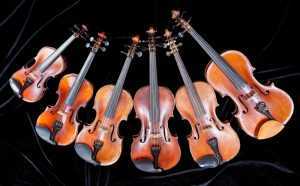 For example, some musicians have a smaller bone structure, making it truly difficult to reach around a full-sized violin to shift positions. For these people, a 7/8 size violin could be the perfect fit, because it’s almost as big as a full size, and has all the amenities of the full-sized instrument. On the other hand, if a violinist is 6’ 5” tall, he would be terribly cramped by a 7/8 size violin, so he needs something a little longer and wider. A large full-sized instrument would be perfect for him.
For example, some musicians have a smaller bone structure, making it truly difficult to reach around a full-sized violin to shift positions. For these people, a 7/8 size violin could be the perfect fit, because it’s almost as big as a full size, and has all the amenities of the full-sized instrument. On the other hand, if a violinist is 6’ 5” tall, he would be terribly cramped by a 7/8 size violin, so he needs something a little longer and wider. A large full-sized instrument would be perfect for him.
Violins for beginners need to be the correct size so that the musician learns to have good posture. If a new violinist is saddled with something too heavy, she may develop a drooping stance, or will constantly be supporting the violin with her left hand. Drooping the violin leads to poor tone production, and can develop into repetitive stress injuries like tendonitis and strained muscles. Clenched hands also lead to repetitive stress injuries, and they prohibit the violinist from learning some of the basic techniques, such as vibrato and comfortable shifting. Musicians get injuries all the time from poor musical techniques. The more you can do to prevent injury, the better the chances are that your beginner violinist will have success in his or her musical career (even if it lasts just a few years).
Will a student ‘grow into’ an instrument? Yes. Of course. But it’s better to grow into it while playing something smaller.
When Should You Buy?
Students should be able to own their own violins by the time they have been studying the instrument for several years and they have decided to make violin a definite part of their lives. For 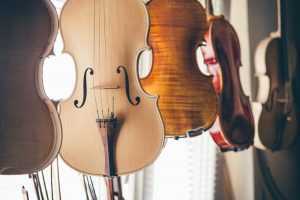 example, if you started a child on violin as a three year old, you probably rented an instrument until the child was about 10 years old. By the time she was ten, you had invested a fair amount of personal equity into learning to play the instrument, and it was time to find something that had better sound quality than most rental instruments have. (It should be noted: there is a rental program for finding Stradivarius, Amati and Guarneri violins to borrow from the instrument owners, but clientele are pretty much limited to child prodigies and concert artists.) For the rest of us, there is still the option of purchasing a good-quality instrument that gives you great satisfaction.
example, if you started a child on violin as a three year old, you probably rented an instrument until the child was about 10 years old. By the time she was ten, you had invested a fair amount of personal equity into learning to play the instrument, and it was time to find something that had better sound quality than most rental instruments have. (It should be noted: there is a rental program for finding Stradivarius, Amati and Guarneri violins to borrow from the instrument owners, but clientele are pretty much limited to child prodigies and concert artists.) For the rest of us, there is still the option of purchasing a good-quality instrument that gives you great satisfaction.
When buying an instrument, from violins for beginners to professional level, it’s a good idea to check out several different stores and shops. There will always be the debate over old versus new – some people prefer an instrument that is over 100 years old, while others want the latest model made by a modern luthier. The choice is up to you. But what you want to find is a violin shop that lets you play the instruments before you make a buying decision.
The same thought goes for buying a violin bow. While an acceptable full-sized violin on average costs anywhere from $5,000 – $22,000, bows are not cheap, either. To find a good, full-sized violin bow, expect to spend about $1,000 – $1,800 at least. (Bows for smaller violins, like half size, will be cheaper, as will the violins themselves.) A violin bow should feel light to the hand, and respond quickly when you test it on the strings. Anything that feels heavy or sluggish is not a good candidate for long-term playing. Again, the weight and length of the bow will vary – and the needs of the violinist will also depend on his or her size and arm length/strength. Check with a luthier and with your teacher for tips on finding the best fit.
The Just In Case Part
If you are a beginner violinist, you may have noticed that some violinists have two bows in their cases. Yes, that is true. This happens because bows can break without a lot of warning. So, a spare is handy to have. Does it have to be a high-quality, multi-thousand dollar bow? It depends. If you are a full time musician, say Joshua Bell’s protégé, then you want something reliable that won’t affect your sound quality. But if you are an amateur or not-quite-full-time player, then something cheaper can fill in the gap when you have to grab the alternate bow.
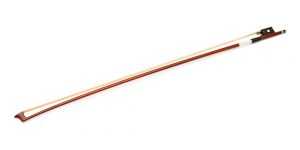
Whether you are a beginner violinist or an old hand, spare parts, like extra strings, fresh rosin, a wiping cloth, and a chin-rest key should all be part of your musical kit. Learn how to use the chin rest key (a bent hairpin or an eyeglass screwdriver can serve in a pinch). Make sure you don’t drop your rosin – it shatters easily, and then it’s impossible to use. Keep rosin in the rosin box, and wrap it back up immediately after you’ve used it. Figure out how to put a string on the violin: if your child is too young to do this, then, as the parent, you’ll want to be able to handle a popped or broken string quickly. Breaking strings are startling to any musician, and if you as the caregiver are able to calmly fix it, the situation is resolved with a minimum of emotional stress.
Closing Thoughts
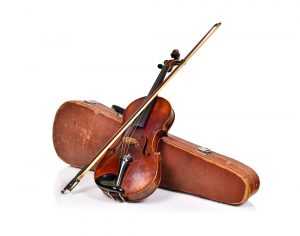 Finding violins for beginners is a careful process. You want to find an instrument that will offer the student the most enjoyment with the least amount of trouble possible. Finding a good-quality instrument is imperative. Make sure there are no visible cracks or weak spots in the wood. Does the instrument rattle or buzz when you shake it or play a note? Look for something that doesn’t give unwanted ambient noise. Also look for chipped or slivery corners – these can turn out to be surprisingly painful at the least-expected times.
Finding violins for beginners is a careful process. You want to find an instrument that will offer the student the most enjoyment with the least amount of trouble possible. Finding a good-quality instrument is imperative. Make sure there are no visible cracks or weak spots in the wood. Does the instrument rattle or buzz when you shake it or play a note? Look for something that doesn’t give unwanted ambient noise. Also look for chipped or slivery corners – these can turn out to be surprisingly painful at the least-expected times.
Aim for the instrument that will fit your pocket book and the student. It’s better to wind up with something that is a little too small than to have an instrument that is too large. Work with your teacher to find the best fit. It may take some searching through a number of different instruments, or even several stores. But finding correct violins for beginners is key to giving students the best start possible. It’s how great musicianship begins – with a careful introduction to the tools of the trade.

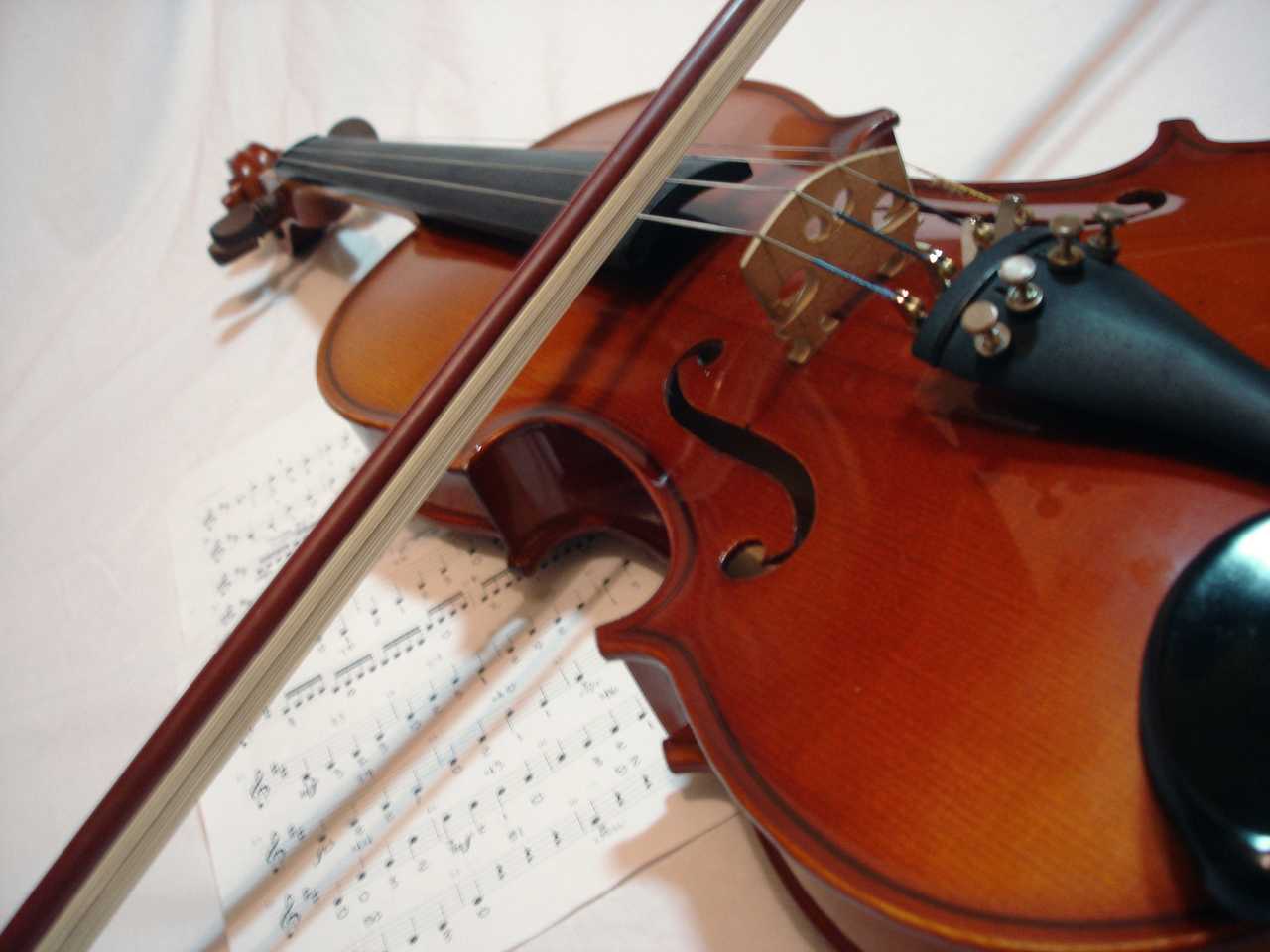
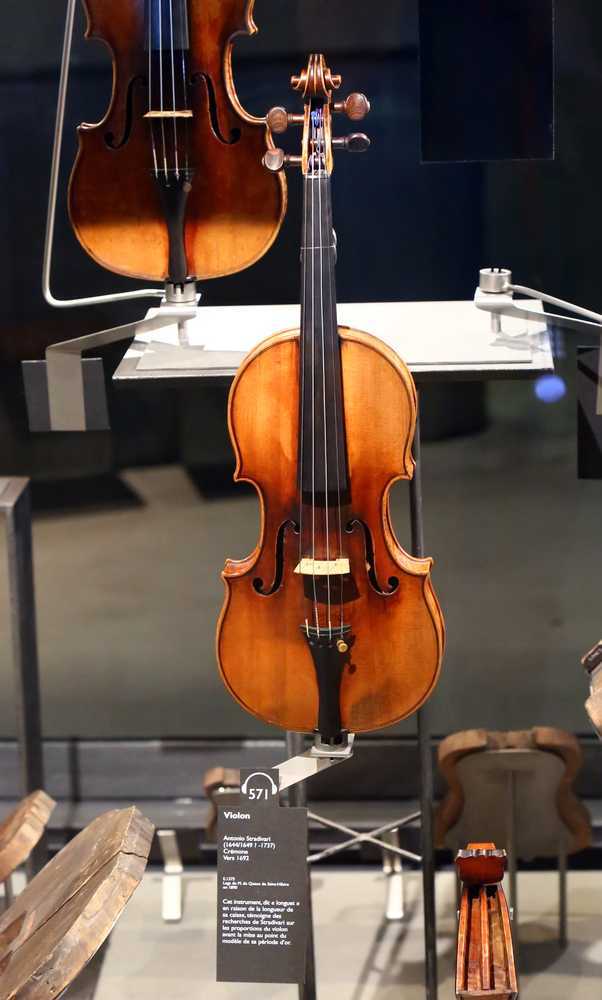
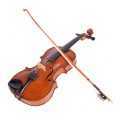
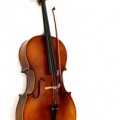

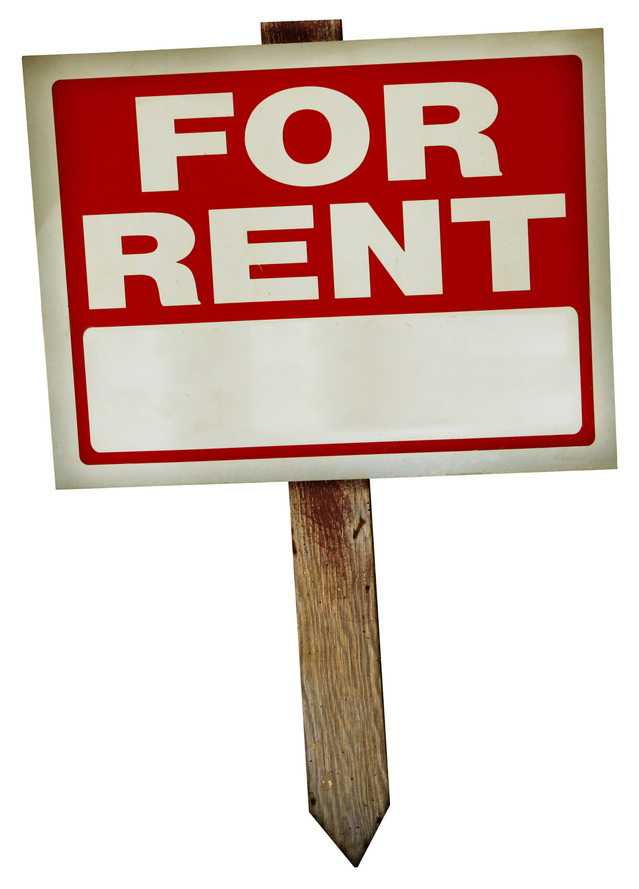

nice post
Great informative article!! Keep posting!! Really getting helps from you.
What is the best violin for intermediate players?
That's really informative post. I appreciate your skills. Thanks for sharing.